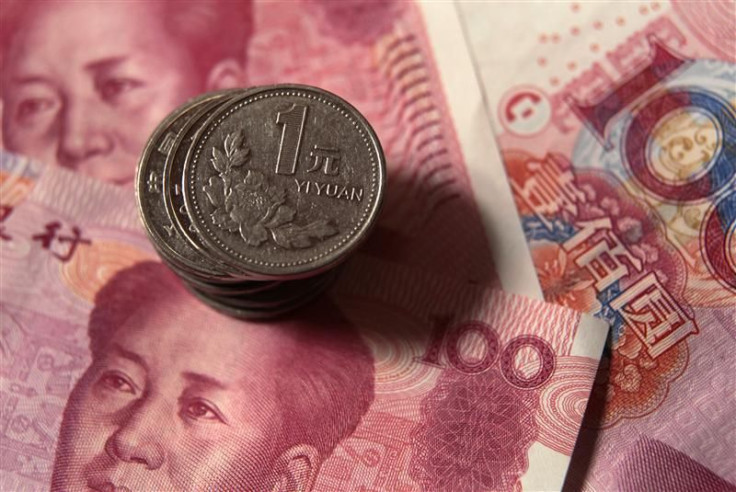China Manufacturing Activity Grows In April But Contraction Persists: HSBC PMI

China’s manufacturing activity improved in April as compared to March but continued to contract for the sixth straight month, according to the final HSBC flash Purchasing Managers Index (PMI) released Wednesday.
The final reading of the HSBC PMI, which is largely indicative of smaller firms, rose to 49.3 in April, up from a preliminary 49.1 reported in April and 48.3 in March, easing concerns about weak global demand and diminishing real estate investment in the world's second-biggest economy, to a certain extent.
This figure comes after official PMI numbers released on Tuesday, which are mainly indicative of large firms, showed that China’s manufacturing activity improved in April for the fifth straight month.
The HSBC index pointed to a slower pace of deterioration than in March, largely reflecting slower rates of decline of manufacturing production and new orders. “The upward revision to April’s final PMI reading, compared to the flash estimate, confirms that the pace of China's slowdown is stabilized,” Hongbin Qu, Chief Economist, China & Co-Head of Asian Economic Research at HSBC said.
Given that the reading is below 50, the index continues to remain in the area of contraction. At the same time, the rise in the reading should alleviate some apprehensions about sharp deceleration in growth.
There were fears of a hard landing after data showed earlier this month that China’s economy slowed down to 8.1 percent in the first quarter, down from 8.9 percent in the fourth quarter of 2011.
The downbeat eurozone PMI suggests that risks to foreign demand there remain on the downside. Overall orders appear to have been underperforming export orders since Q3, highlighting the weakness in the domestic demand.
The government has encouraged banks to steer more loans to smaller companies. China cut the percentage of cash reserves twice in recent months in a bid to stimulate lending to small businesses. China is also planning to ease monetary policy further to boost liquidity in the financial system and help the economy regain its flagging growth momentum.
The weak PMI figures are another reason to expect policymakers to ease monetary policy further. So the expectation that the required reserve ratio will be cut again in the coming weeks continues.
Meanwhile, the employment index dropped from 48.5 in March to 47.9, which is the weakest since March 2009. The drop is obviously worrying, as is the fact that the employment index has been below 50 for four of the last five months.
© Copyright IBTimes 2024. All rights reserved.











